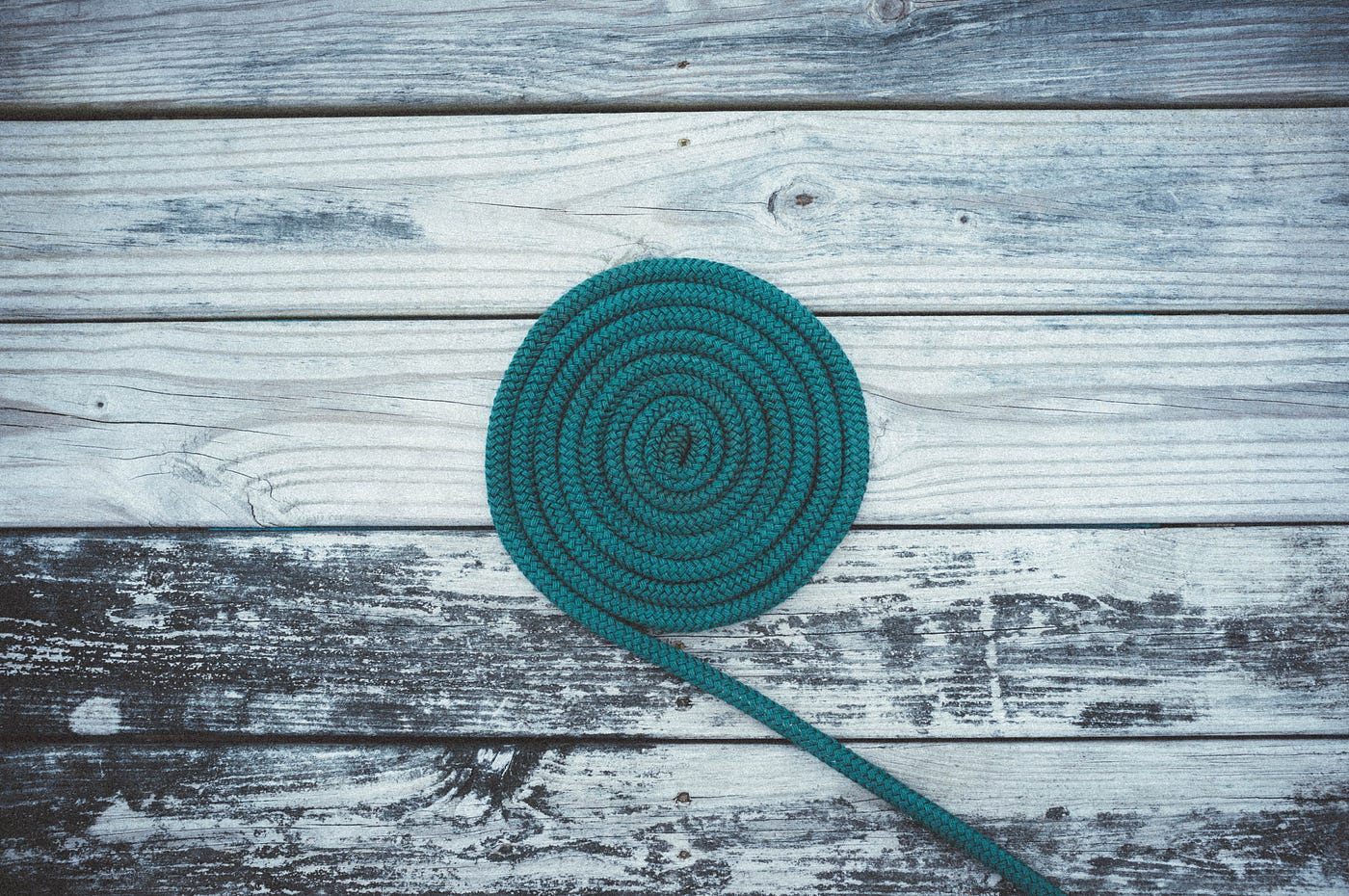Curls, those enchanting twists and turns that grace many heads, have a physics all their own. Ever wondered about the scientific forces that come into play, creating these beautiful spiral structures? Join us on a journey through the physics of curls, where we’ll explore the fascinating science behind those bouncy, coiled locks. ✨
The Role of Genetics: The Blueprint for Curl Patterns
Before delving into the physics, it’s essential to recognize that the foundation of your curl pattern is laid in your genetic code. The genes you inherit play a significant role in determining the shape and structure of your hair follicles, which, in turn, influences the type of curls you have. It’s like having a unique blueprint that guides the formation of your hair’s natural architecture.
The Spiral Dance: The Physics of Coiling Strands
At the heart of curly hair physics is the shape of the hair follicle itself. Imagine the hair follicle as a tiny tube. For straight hair, the tube is round, allowing the hair to grow straight. However, for curly hair, the tube is more elliptical or even flat, causing the emerging hair strand to curve and coil. The physics of this coiling action creates the unique and captivating patterns that define curls.
Curvature and Tension: Forces at Play
Curvature and tension are two key players in the physics of curls. As the hair strand emerges from the follicle, its natural curvature influences the direction of the curl. Tension, both internal and external, further shapes the curls. The interplay of these forces determines whether you have loose waves, tight curls, or something in between. It’s a delicate dance of physical forces that gives each curl its distinct character.
Humidity’s Influence: Water Molecules and Curl Expansion
Humidity introduces another fascinating element to the physics of curls. Hair is highly porous, and when exposed to humid conditions, it absorbs water molecules from the air. This influx of moisture causes the hair shaft to swell and expand, altering the curl pattern. It’s like a dance with the elements, where humidity becomes a choreographer, shaping the curls in real-time. ️
Curl Maintenance: The Art of Defying Gravity
Gravity, while not the primary force in curl formation, plays a role in how curls behave over time. The weight of the hair strand and its curl pattern influence whether curls cascade gracefully or defy gravity with buoyant bounce. Curl maintenance, including proper hydration and styling techniques, allows you to enhance and embrace the natural physics of your curls. ⚖️ ♀️
Conclusion: Celebrating the Unique Physics of Your Curls
As we unravel the physics of curls, it becomes clear that each curl is a masterpiece shaped by a symphony of forces. From the genetic blueprint to the dance of curvature, tension, and humidity, your curls are a celebration of individuality and natural physics. Embrace the unique beauty of your curls, and let them tell the story of the fascinating science that graces your tresses.

Leave a Reply